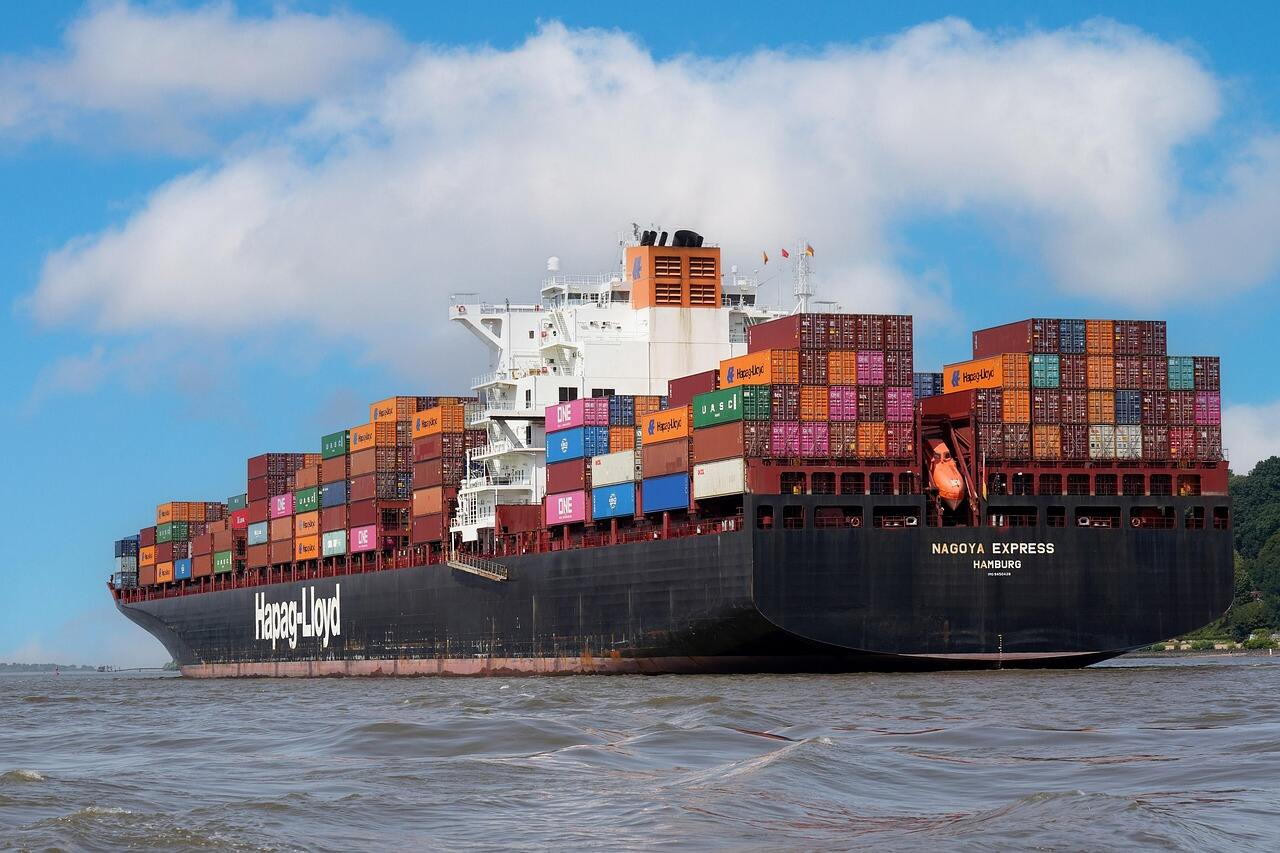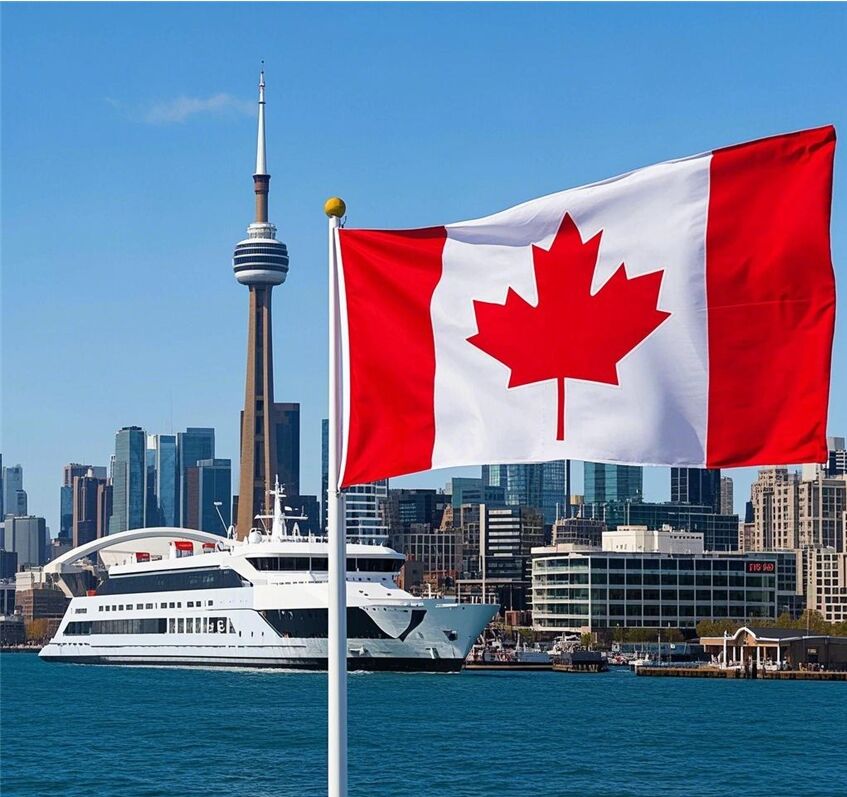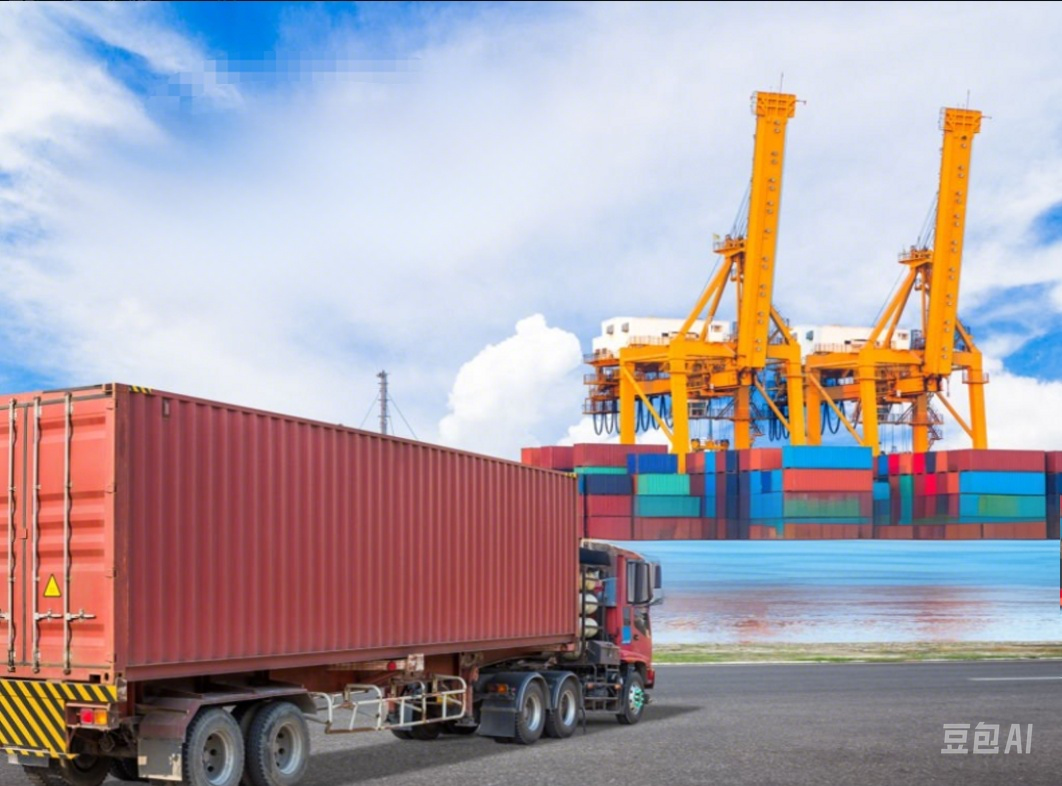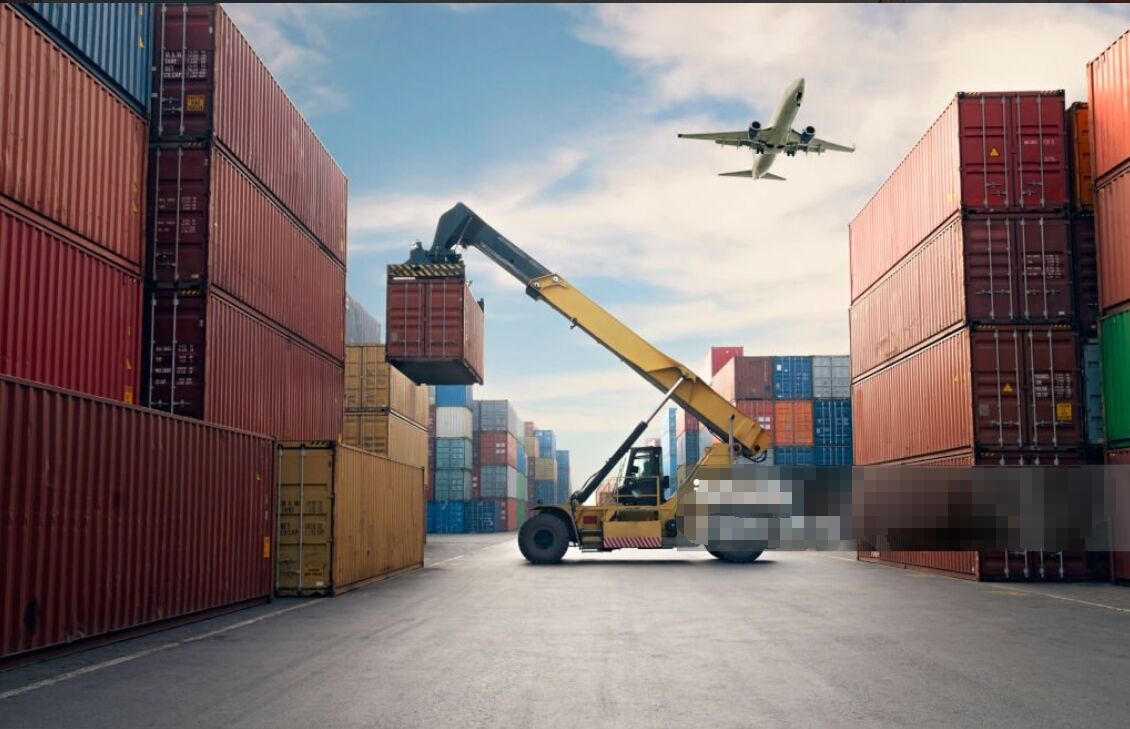Overview of Sea Freight Between China and Indonesia
Key Trade Routes and Volume Statistics
When examining the sea freight landscape between China and Indonesia, several primary routes stand out due to their significant role in shipping and trade. Key ports involved in this logistics network include Shanghai, Shenzhen, and Jakarta, which facilitate the majority of the cargo movement. In recent years, these routes have witnessed substantial growth in shipping volume. According to the World Trade Organization, there has been a notable increase in trade activities, reflecting a growing demand for imports and exports between the two countries.
The popularity of these sea freight routes can be attributed to several geographical and economic factors. The proximity of China and Indonesia plays a crucial role, reducing transit times compared to longer international routes. Furthermore, China's role as a global manufacturing hub makes it a pivotal trading partner, while Indonesia's growing economy fuels demand for imported goods. These factors combine to enhance the efficiency and attractiveness of sea freight routes between these two nations.
Advantages of Choosing Sea Freight
Sea freight offers a range of advantages, making it an appealing choice for businesses looking to optimize their logistics. Firstly, the cost efficiency of sea freight compared to air freight is significant. According to logistics studies, sea freight can be up to five times cheaper, making it ideal for bulk shipping. The cost savings are an essential factor for budget-conscious businesses handling large shipments.
Moreover, sea freight provides substantial environmental benefits. Its lower carbon footprint per ton-mile compared to air freight significantly reduces the environmental impact of transporting goods. This eco-friendly aspect is increasingly important as businesses strive to meet sustainability goals.
Lastly, the capacity of sea freight is unparalleled, accommodating larger shipments that air freight cannot handle. This is particularly advantageous for bulk goods, such as industrial materials and large machinery, reinforcing the role of sea freight as a cornerstone of international freight shipping. With these advantages, it becomes clear why many businesses opt for sea freight in their logistical strategies.
Preparation Stage: Documentation and Packaging
Essential Export Documentation Requirements
When preparing for sea freight, the most critical component is ensuring all necessary export documentation is in order. Key documents include the bill of lading, which acts as a contract between the shipper and the carrier, the commercial invoice, showcasing the goods' value and specifics, and the packing list, detailing items being shipped. Documentation requirements can vary significantly depending on the type of goods involved; for instance, perishable goods may necessitate a health certificate or special handling forms. Adequate documentation is not merely a formality but a legal necessity, with compliance overseen by bodies such as the World Customs Organization offering guidance to avoid unnecessary delays and fines. Proper documentation facilitates efficient customs clearance and ensures compliance with international shipping standards.
Packaging Standards for Maritime Transport
Ensuring goods are properly packaged for maritime transport is essential to maintain their integrity throughout the journey. International standards, like the ISPM 15 regulation for wood packaging, ensure that packaging is pest-free and compliant with global shipping standards, thus preventing the spread of pests across borders. The durability of packaging plays a crucial role; it must withstand the rigors of long sea voyages and protect against the moisture and humidity typical of tropical climates, such as Indonesia's. Unfortunately, inadequate packaging leads to significant losses; industry reports suggest that poor packaging is a major contributor to product damage with notable financial impacts. By adhering to recognized packaging standards, exporters can significantly reduce the risk of damage and ensure the safe arrival of goods at their destination.
Selecting a Freight Forwarder Service
Criteria for Choosing Reliable Partners
Selecting the right freight forwarder is a pivotal step in ensuring a seamless shipping process from China to Indonesia. Key factors like the forwarder's experience, breadth of network, and customer feedback are crucial indicators of their reliability. It's also imperative that the chosen freight forwarder has a strong understanding of the specific regulations pertinent to shipping from China, potentially impacting delivery times and procedures. Metrics such as delivery times and error rates can offer tangible insights into a forwarder's performance, helping gauge their ability to meet deadlines and handle goods efficiently. In essence, opting for a well-reviewed and knowledgeable logistics partner can significantly streamline the process, mitigate risks, and ensure timely deliveries.
Role of Digital Platforms in Freight Management
In modern logistics, digital platforms have revolutionized freight management by enhancing visibility and simplifying communication across all parties involved in the shipping process. Technologies like real-time tracking and automated documentation processes are increasingly indispensable, offering precise updates and minimizing manual errors. Industry experts affirm that digital transformation in logistics not only improves operational efficiency but also enables better decision-making through customized insights. These digital solutions represent a paradigm shift in freight forwarding services, providing businesses with competitive advantages in an increasingly globalized market. As freight shipping evolves, embracing technological advancements becomes essential for maintaining a robust supply chain.
Customs Clearance Procedures in China
Export Declaration Process
The export declaration process in China involves several key steps, primarily managed by the Customs Authority. Initially, businesses must submit an export declaration form, which includes detailed information about the goods, their value, and destination. This submission is critical for obtaining the necessary clearance to proceed with the shipment. Essential documents such as the commercial invoice, packing list, and an export license, if applicable, must accompany the declaration. Compliance is mandatory, and non-compliance can lead to significant legal repercussions. China's Customs Authorities are renowned for their efficiency, evidenced by a World Bank report noting China's customs clearance processes outperforming many global standards with consistently low error rates.
Compliance with Chinese Export Regulations
Compliance with Chinese export regulations is crucial for avoiding fines and shipment delays. Specific regulations include various tariffs, trade bans, and licensure requirements that businesses must adhere to. Non-compliance might result in hefty fines and significant disruptions in the supply chain, including shipment seizures at customs. Staying informed about regulatory changes is vital, and resources such as the Ministry of Commerce's updates provide valuable information. Their insights ensure that businesses remain in compliance and facilitate smooth international freight shipping from China within the constantly evolving regulatory landscape.
Shipping Methods and Transit Times
FCL vs LCL Shipping Options
Choosing between Full Container Load (FCL) and Less than Container Load (LCL) shipping options is crucial for optimizing logistics. FCL allows the entire container to be filled by a single shipper's cargo, offering security and efficiency for large shipments, whereas LCL involves sharing container space with other shipments, which is more cost-effective for smaller loads. The decision primarily revolves around the size and type of cargo. It's advisable to consider FCL for large, uniform shipments where control over the entire container is needed. On the other hand, LCL is ideal for smaller or mixed inventory items, providing flexibility and reducing shipping costs. Industry data suggests that FCL is particularly advantageous for bulk products, like machinery, while LCL excels in frequent shipments of smaller electronic goods. These insights can help businesses select the most efficient shipping method, ensuring cost-effectiveness and reliability.
Typical Transit Duration to Indonesian Ports
Understanding transit times is essential for planning shipments from major Chinese ports to Indonesian ports. On average, sea freight can take anywhere from 10 to 15 days depending on the specific departure and arrival points. Air freight, while faster, can complete the journey in 1 to 3 days. Various factors can influence these durations, including weather conditions, issues like port congestion, and logistical constraints such as route optimization. Recently, the transit period from Shanghai to Jakarta was recorded at 12 days, reflective of typical sea shipping durations. These estimates are informative for setting expectations on delivery times, allowing for efficient inventory scheduling and customer satisfaction planning.
Arrival and Customs Clearance in Indonesia
Import Duty Calculation Methods
When importing goods into Indonesia, understanding the methods used to calculate import duties is crucial for a smooth customs clearance process. Import duties in Indonesia typically include Value Added Tax (VAT), excise taxes, and import tariffs, which vary depending on the type of goods. VAT is applied generally at 10%, while excise taxes are specific to certain categories like tobacco and alcohol. Additionally, import tariff rates can range from 0% to 25%, based on the classification of goods under Indonesia’s Harmonized System. Common mistakes in duty calculations often arise from misclassification of goods and overlooking specific regulatory requirements. To avoid such errors, businesses should ensure accurate documentation and consult Indonesia’s customs regulations detailed on the Directorate General of Customs and Excise website. By doing so, companies can achieve a seamless import experience without unexpected costs and delays.
Handling Customs Inspections
Navigating customs inspections upon arrival in Indonesia is critical for maintaining efficient shipping operations. These inspections can range from document verification to physical examinations of goods, depending on the cargo and its risk profile. Preparing for inspections involves ensuring all necessary documentation is accurate and complete, including bills of lading, invoices, and packing lists. Streamlining the customs process requires proactive management and communication with freight forwarders and local agents to anticipate potential issues. According to industry studies, timely handling of customs inspections significantly enhances overall shipping efficiency, reducing clearance time by up to 30%. For businesses, understanding the types of inspections typically conducted and preparing accordingly can mitigate delays and improve overall supply chain performance.
Factors Affecting Sea Freight Costs
When dealing with sea freight costs, understanding the impact of fuel prices and currency fluctuations is crucial. Growing oil prices significantly influence shipping costs as fuel is a major component of these expenses. For instance, recent fluctuations in global oil markets have led to increased operational costs for freight shipping companies. Furthermore, currency fluctuations between the yuan and rupiah can dramatically affect shipping expenses. As exchange rates vary, businesses face increased or decreased logistic costs, depending on the current rate, which directly impacts economic feasibility for freight forwarders. Data from economic reports, such as those by the World Bank, illustrate how these factors influence global logistics, emphasizing their role in determining freight charges.
Seasonal demand variations play a pivotal role in shipping from China to Indonesia. Peaks during holidays and harvest seasons usually lead to increased shipping volumes and higher freight costs. For instance, during the Chinese New Year or festive periods in Indonesia, demand surges due to bulk orders, causing rates to spike. To navigate this, businesses must strategically plan their shipments to optimize costs during these peak times. Historical data indicates that demand can rise as much as 30% during such seasons, emphasizing the need for timely planning to avoid increased costs. By examining these trends, especially during high-demand periods, companies can adjust their shipping strategies effectively.
Recent Market Trends and Rate Fluctuations
COVID-19 Recovery Impact on Shipping Capacity
The COVID-19 pandemic significantly reshaped the shipping capacity within the sea freight industry, leaving long-term effects that are still being felt today. During the peak of the pandemic, global supply chains faced unprecedented disruptions, leading to delays and shortages that affected economies worldwide. Specifically in the Asia-Pacific region, these disruptions highlighted vulnerabilities in logistics and dependency on certain routes. According to market analyses, the pandemic caused a surge in demand for sea freight services as businesses adapted to new consumer behaviors, such as increased e-commerce activities. This shift has led to ongoing adjustments in shipping capacity to meet evolving demands, with industry experts noting a substantial trend towards reinforcing supply chain resilience post-pandemic.
2023 Rate Reductions and Exporter Benefits
In 2023, a noteworthy trend has been the reduction of sea freight rates, which has been a welcome change for exporters. Several factors contribute to these rate reductions, including the stabilization of global trade dynamics post-COVID, and improvements in shipping efficiency. For exporters operating between China and Indonesia, these reductions present an opportunity to optimize their operations and reduce overhead costs. Industry experts suggest that these more favorable rates offer a competitive edge, as exporters are able to transfer savings into pricing strategies that enhance market positioning. Financial reports underline the importance of these operational savings, noting that they can improve profit margins amidst fluctuating economic conditions, thus aiding exporters in maintaining a competitive stance in the global market.
Table of Contents
- Overview of Sea Freight Between China and Indonesia
- Preparation Stage: Documentation and Packaging
- Selecting a Freight Forwarder Service
- Customs Clearance Procedures in China
- Shipping Methods and Transit Times
- Arrival and Customs Clearance in Indonesia
- Factors Affecting Sea Freight Costs
- Recent Market Trends and Rate Fluctuations




